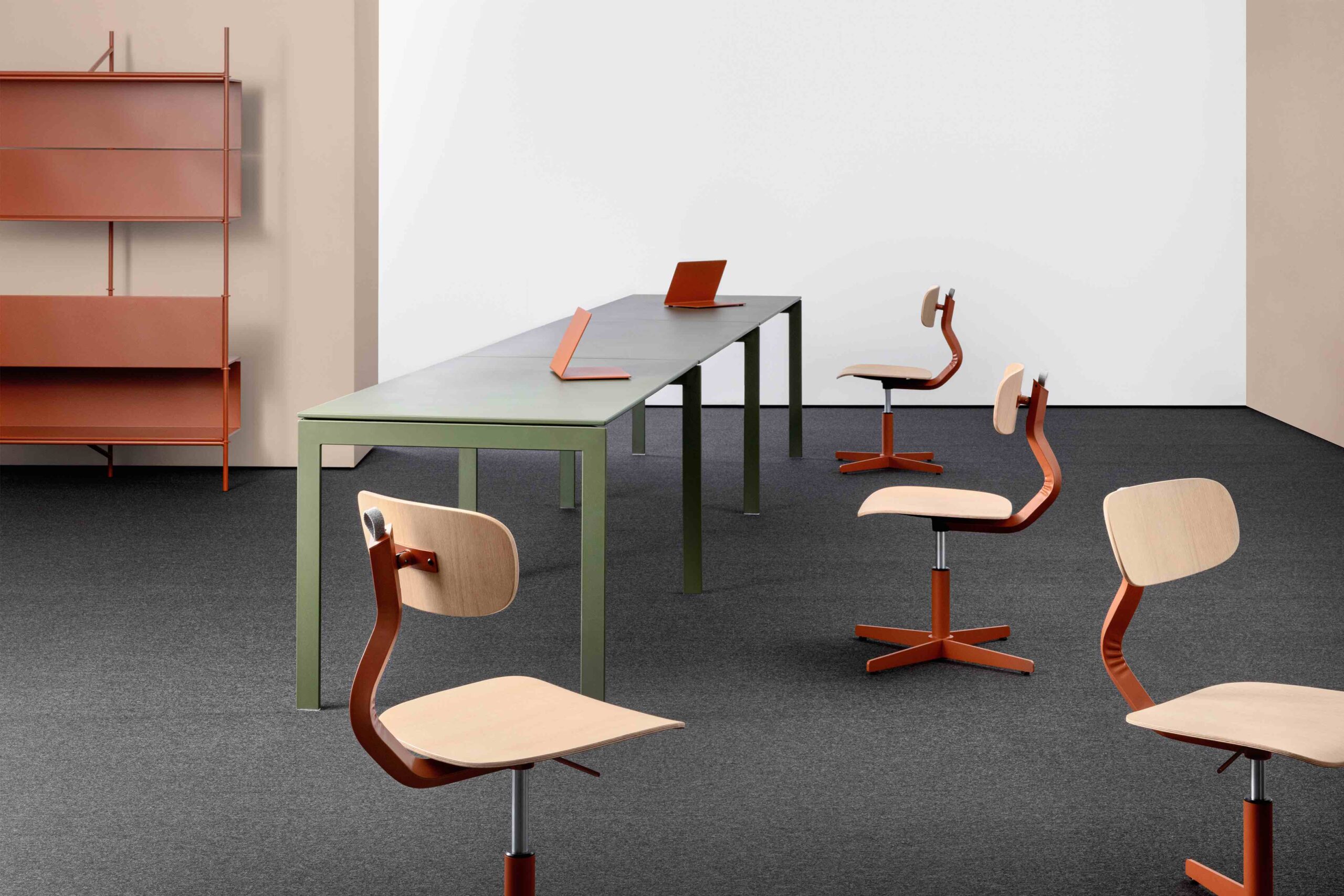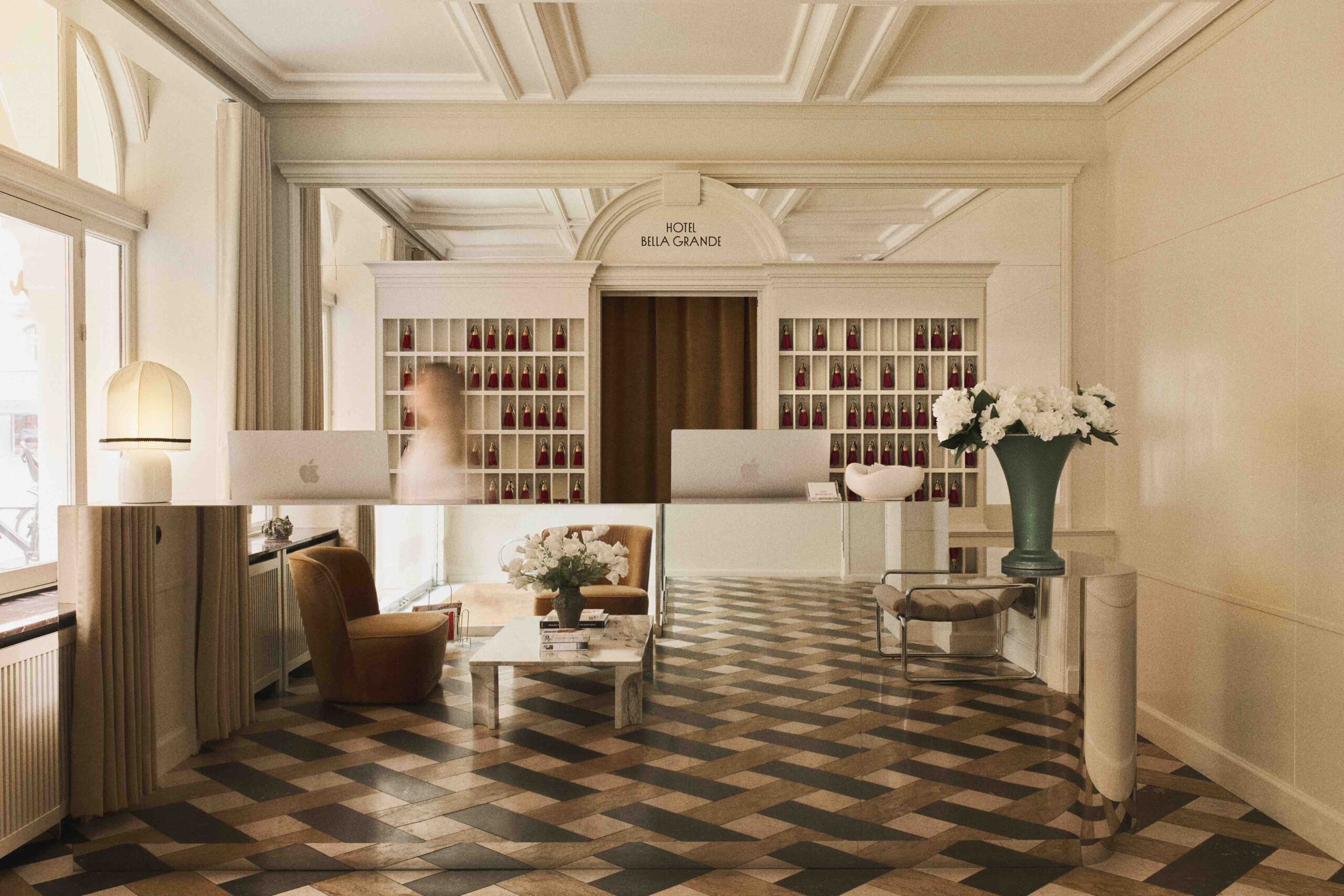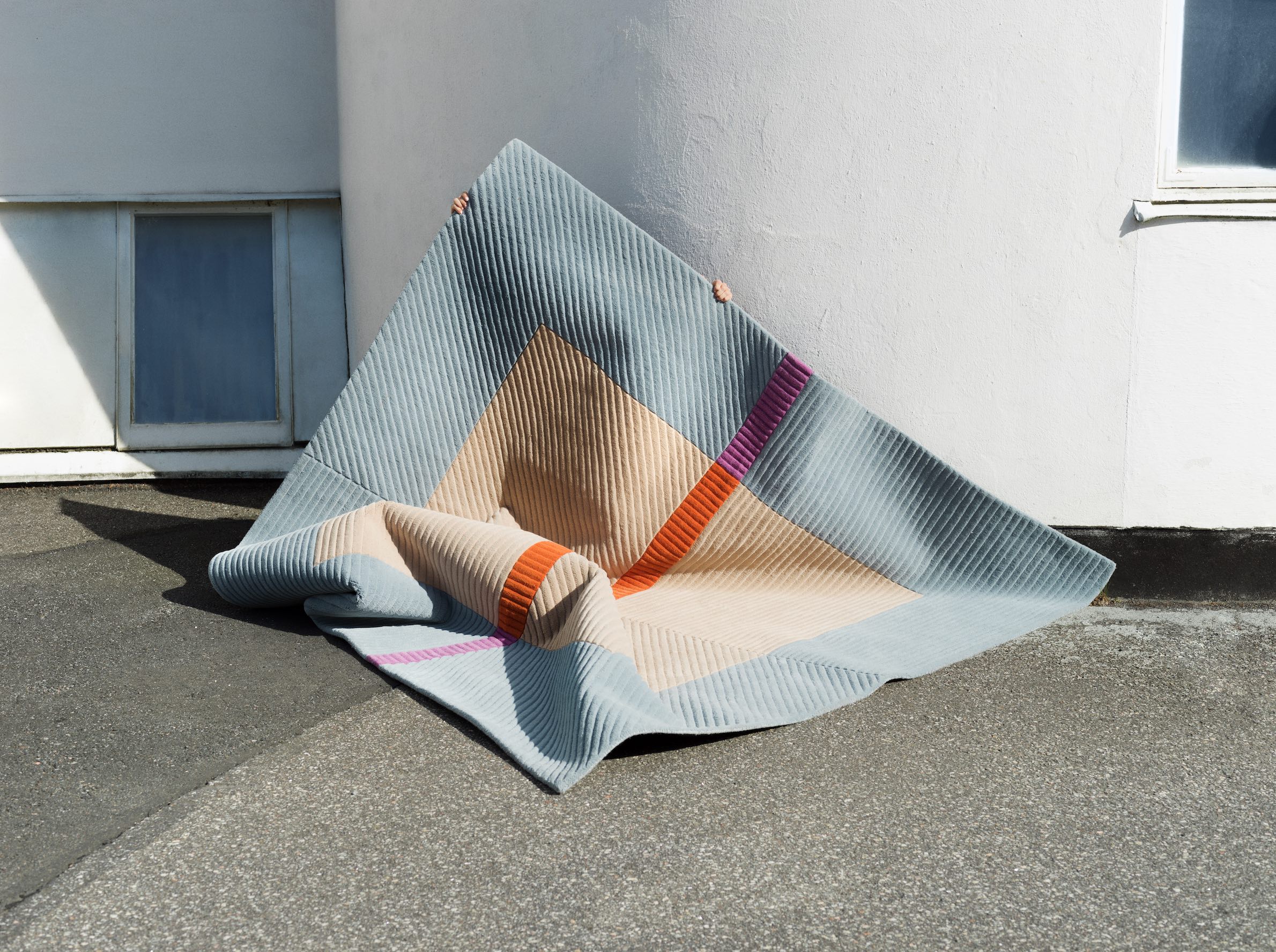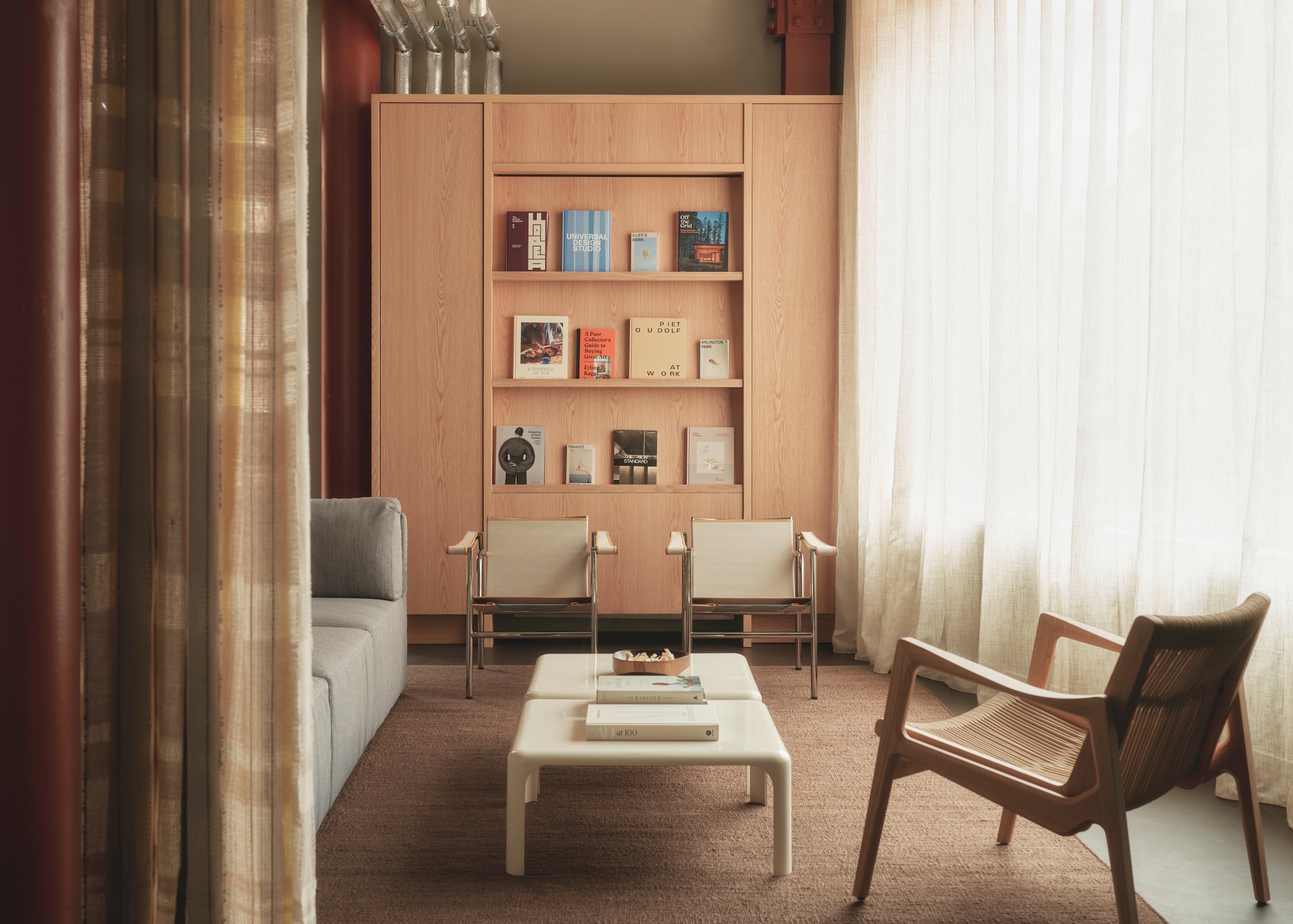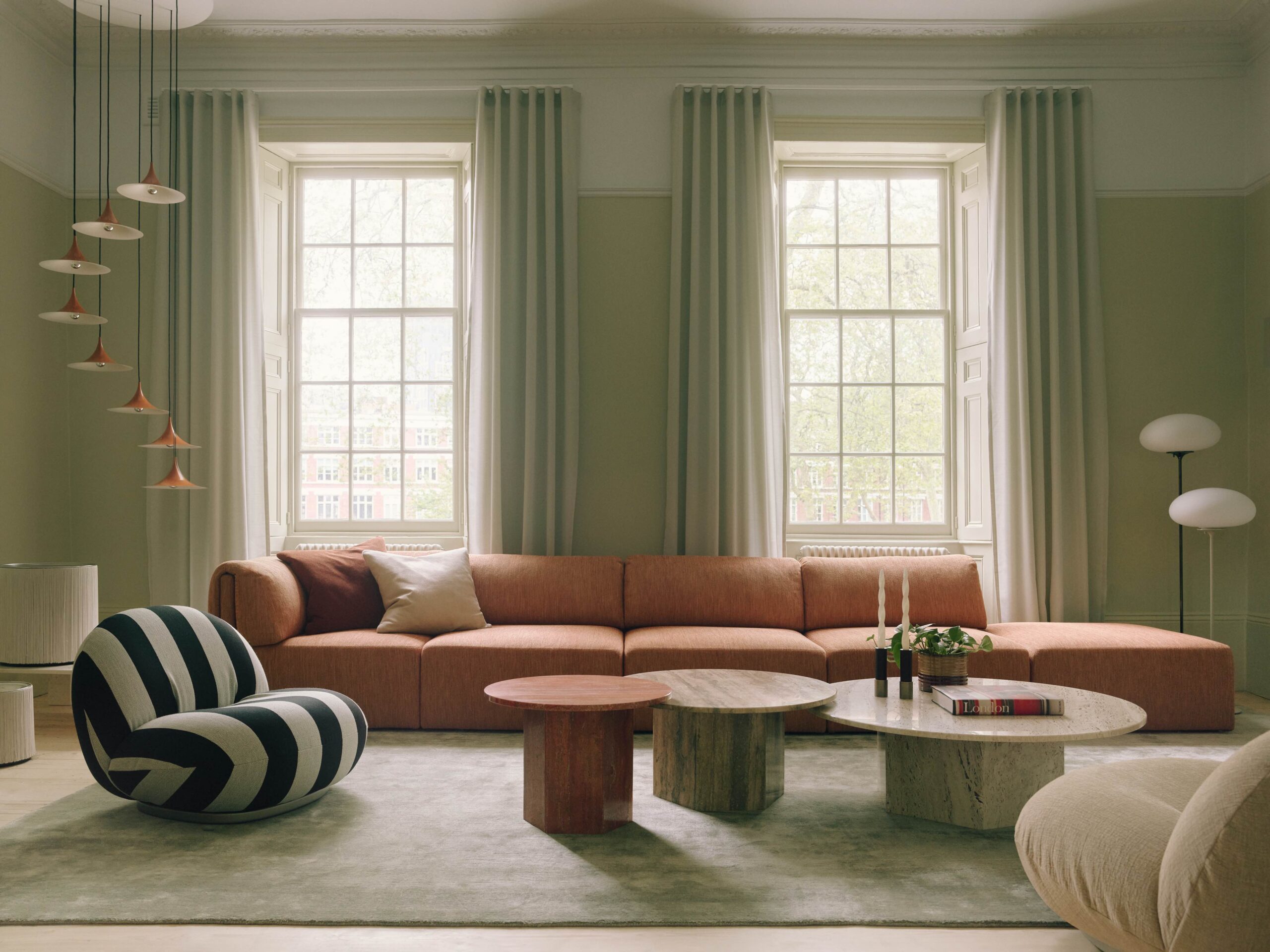 James Christian, cofounder of Projects Office||
James Christian, cofounder of Projects Office||
James Christian, a current participant in the Design Museum’s ‘Designers in Residence: Disruption’ exhibition, talks to onoffice about Projects Office, a design, architecture and education studio he is setting up with fellow RCA graduates Bethan Kay and Megan Chanley
What is your background in architecture and design?
I graduated four years ago [from the RCA] and am in my third year of teaching at Middlesex university. I worked for Aberrant Architecture and then for two years at Softroom, which has done projects for the V&A, the British Museum and lots of hospitality work.
Can you tell me about Projects Office?
My studio is still at a very early stage. I founded it with two colleagues from the RCA Bethan Kay and Megan Chanley and we’ve started a project in France and one in Essex – both residential. We also have a side project called Begin Anywhere, which is like a beginners’ guide [to architecture and design]. We’re hoping to weave our teaching and educational interests into the structure of our practice.
Will you be incorporating any of the ideas you’re presenting at the Design Museum as part of ‘Designers in Residence: Disruption’ in your future work?
My work here is about mass residential, multiple dwellings in close proximity to each other. I hope I’ll be able to develop this to a larger scale, but at present the projects I’m working on are for individual dwellings.
Where would you like to see yourself and your practice in five years’ time?
I would like to see us working on something like this and really moving into large-scale housing projects. I’m particularly interested in projects that stitch existing estates together, where there are more constraints as a result of established communities. I think that’s why this project is a good solution for adding to existing structures, as it adds on very simply and can be transported in a modular format.
Do you think there’s a particular gap in the market for this type of structure?
I think that in cities such as London, which are already very developed, we need to build additional housing in established areas in a way that causes minimal disruption.

